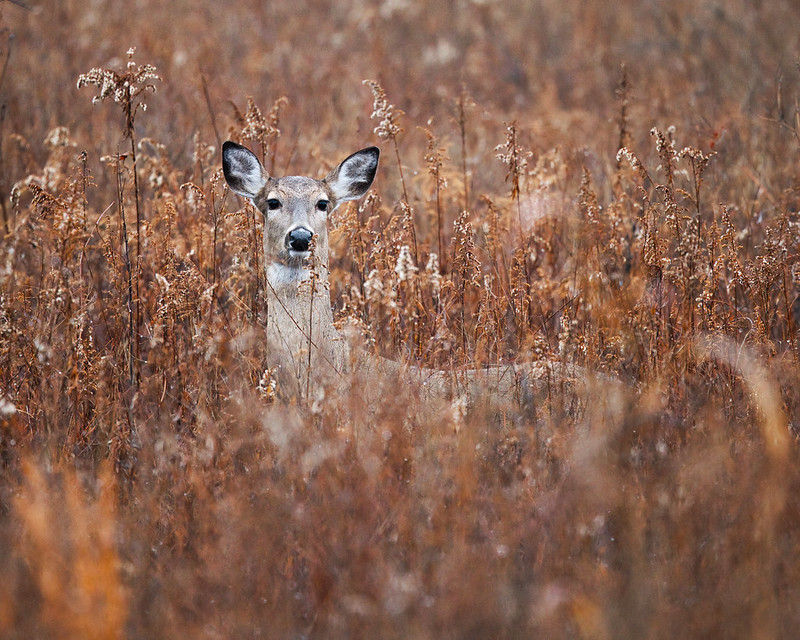Photographing Whitetail Deer at Sequoyah National Wildlife Refuge can be a rewarding experience due to its diverse habitats, abundant food sources, and well-maintained observation areas that provide excellent wildlife viewing opportunities. To increase your chances of spotting and photographing these magnificent creatures, consider the following tips:

Spotting Whitetail Deer for Photography: Drive Slowly and Stay Observant
When traveling along the auto tour road, maintain a slow pace and stay vigilant for any movement. Deer often blend into their surroundings, so keen observation is essential. Be prepared to stop at a moment’s notice.
Best Times for Spotting and Photographing Whitetail Deer
The best times to spot Whitetail Deer are during the early morning and late afternoon when they are most active. Plan your visit accordingly to improve your chances of encountering them in optimal lighting conditions.
Use Binoculars for Better Visibility
Even when driving, binoculars can help you spot deer from a distance and distinguish them from other wildlife. This tool allows you to scout effectively without disturbing the animals.
Be Patient and Minimize Sudden Movements
Deer spotting requires time and persistence. If you don’t see any right away, continue scanning the landscape and moving at a steady pace. Once you spot a deer, move cautiously to avoid startling it. Sudden actions can cause the deer to flee, making it difficult to capture a clear photograph.
Look for Subtle Movements
Whitetail Deer often reveal their presence through movement. Keep an eye out for flicking ears or tails, as well as quick dashes across the road.
Maintain a Safe Distance
For both your safety and the well-being of the deer, maintain a respectful distance. Never attempt to approach or touch the animals.
Capturing Stunning Whitetail Deer Photography with a Telephoto Lens
A telephoto lens enables you to take close-up shots without disturbing the deer. This allows for detailed and intimate images while preserving the natural behavior of the wildlife.
Consider the Background
When framing your shots, be mindful of the background. A clutter-free setting enhances the visual appeal of your photographs, making the deer the focal point of your composition.
Respect Wildlife and Their Habitat
Always adhere to refuge regulations and ethical wildlife photography practices. Stay on designated paths and observation areas to minimize habitat disturbance. Avoid making excessive noise, using flash photography, or engaging in any behavior that might startle or stress the animals. Additionally, refrain from feeding the deer or attempting to attract them, as this can disrupt their natural behaviors and diet. Following these guidelines ensures a safe and respectful experience for both photographers and wildlife.
By following these guidelines, you’ll not only improve your chances of capturing stunning images of Whitetail Deer but also contribute to the conservation and respect of these remarkable creatures in their natural habitat.
For more in-depth techniques, check out my advanced tips: Advanced Tips For Spotting Deer From Vehicle, where I share insights on recognizing deer behavior, adjusting your camera settings for the best shots, and maximizing your vehicle as a photography blind.

